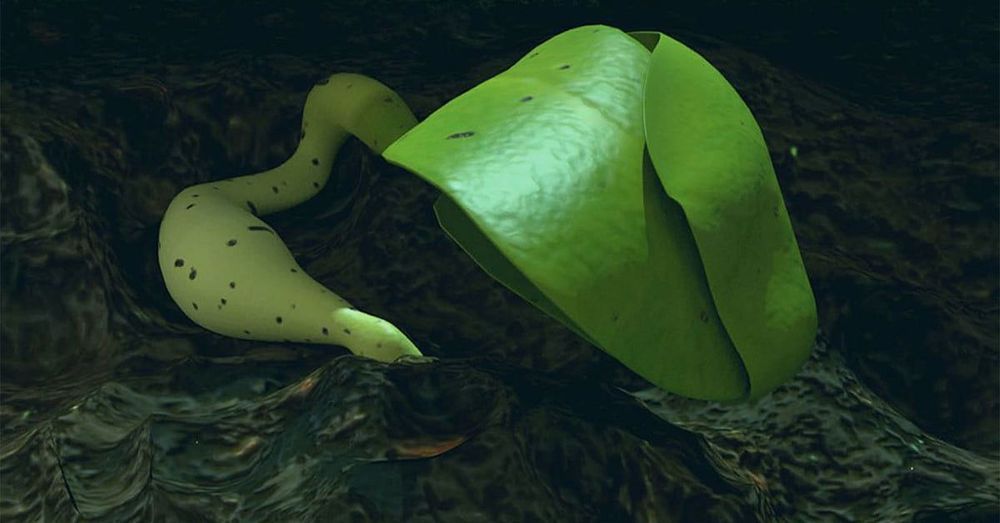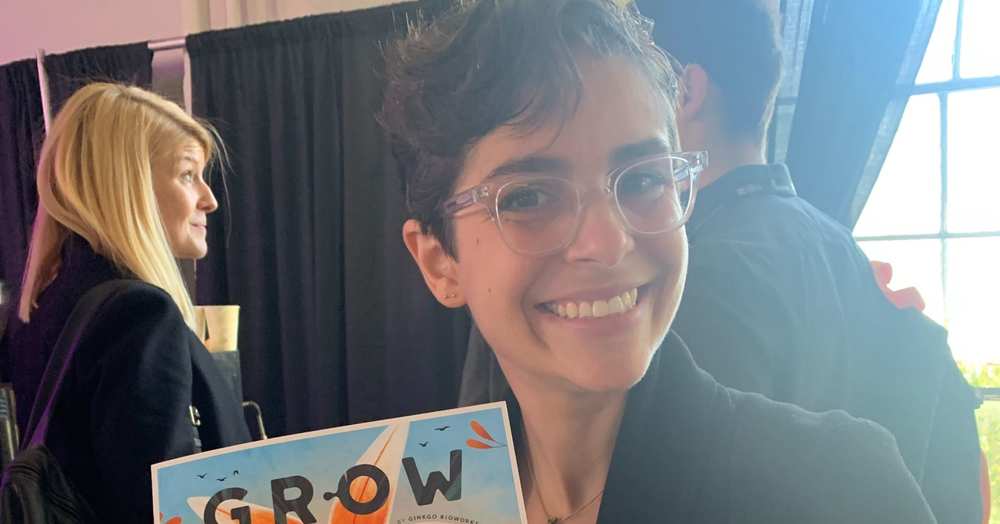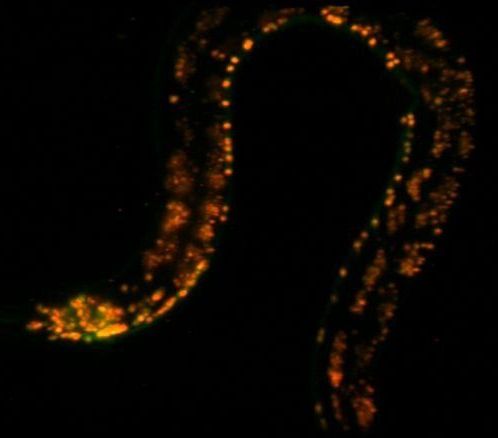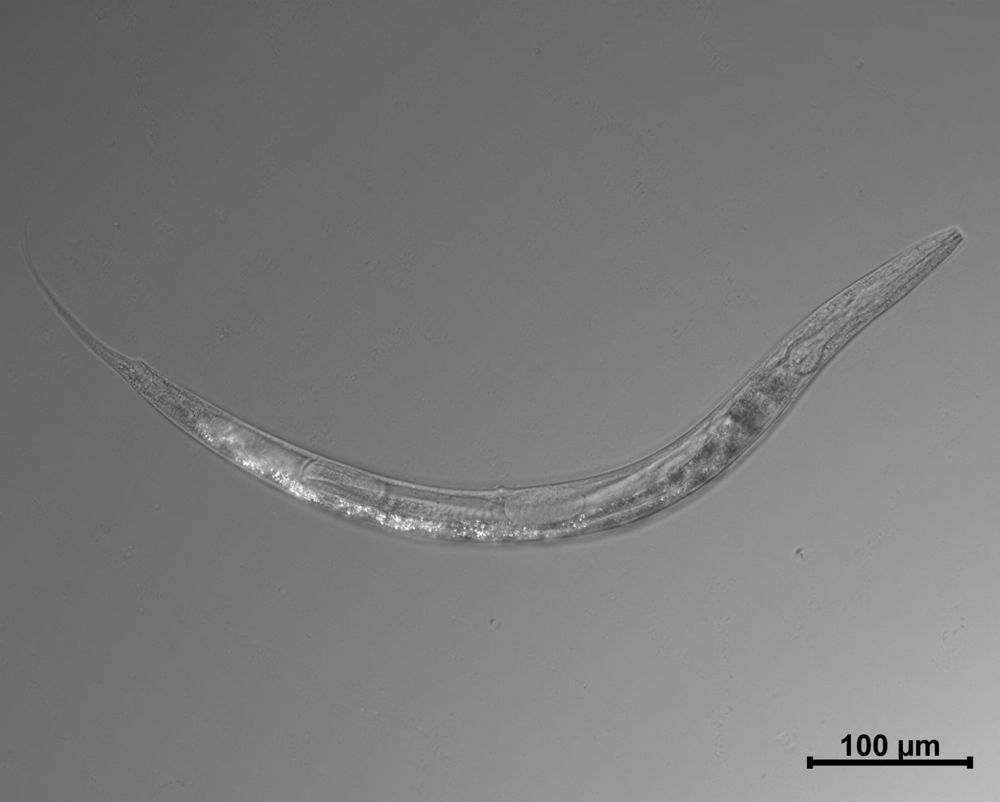China has broken new lunar ground, successfully growing cotton on the moon for the first time. The experiment was part of the Chang’e 4 project, in which China is exploring the far side of the moon with a lander. This is the same lander that recently discovered a mysterious gel-like substance on the moon’s surface.
The cotton plant was one of several organisms encased in a mini biosphere weighing just 2.6 kilograms (5.7 lbs) with a pressure of 1 atmosphere which was aboard the lander. The organisms experienced an environment largely similar to that on Earth, however, they did have to contend with both space radiation and microgravity.
In an interview with engineering magazine IEEE Spectrum, project leader for the experiment Xie Gengxin explained more about the challenges of growing plants in the restricted environment. “The weight of the Chang’e-4 probe demanded that the weight [of the experiment] can’t exceed three kilograms,” he said. That’s why it was important to select the biological samples in the experiment carefully.









